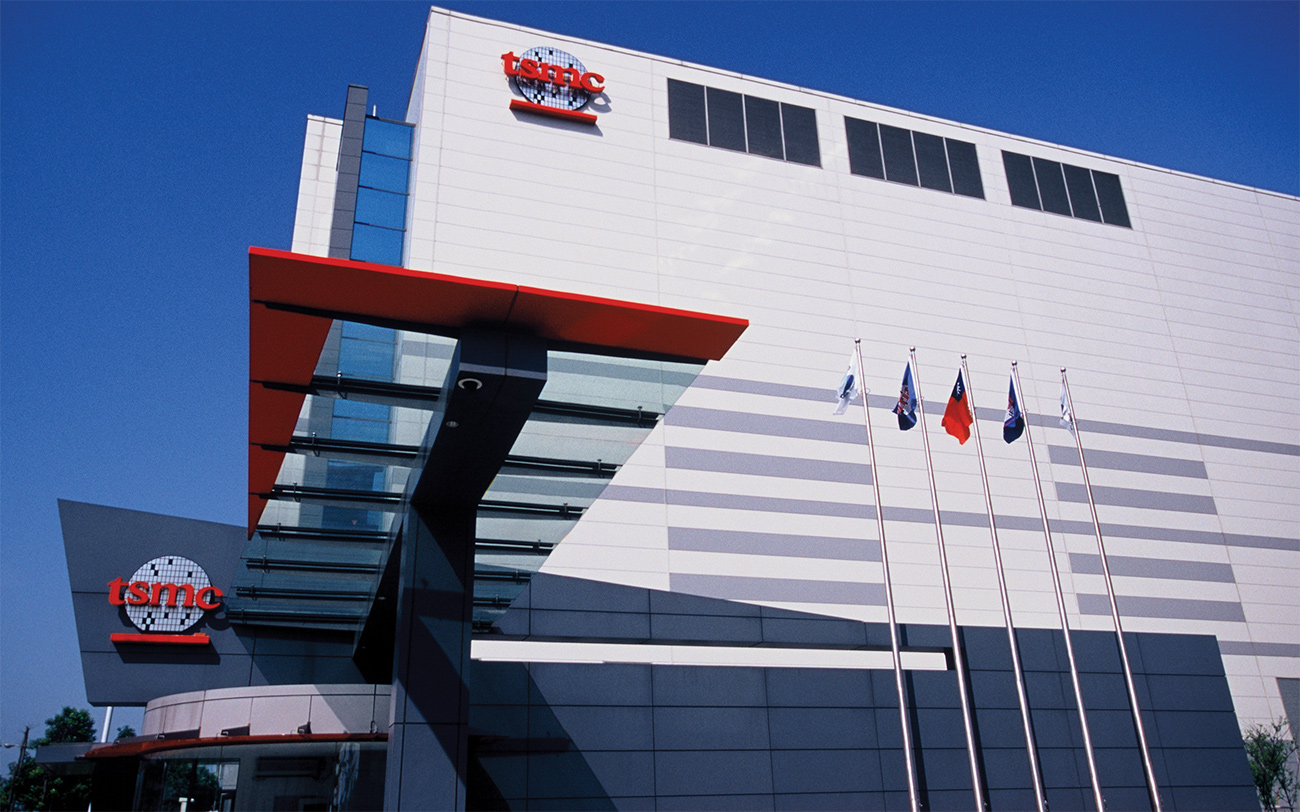TSMC Undecided Where to Build 1.4nm Fab
TSMC's 2nm-class process technology is on track, but there are uncertainties about 1.4nm fab.

TSMC had to cancel plans to build its 1.4nm-capable fab in Longtan Science Park in Taoyuan City's Longtan District due to opposition of locals and the company has yet to decide where to build it. One of the options is to build it in Kaohsiung Science Park (also known as Luzhu Science Park) near the Kaohsiung city, where the company's second 2nm-capable fab is set to be located, according to a report by money.UDN.com.
TSMC's first N2-capable fab will be located at the company's site near Baoshan, Hsinchu County, near its R1 R&D facility that is focused on N2 development. The company's second fab that is set to make chips on one of TSMC's N2 production node is expected to be located near the Kaohsiung Science Park (which is a part of Southern Taiwan Science Park) near the Kaohsiung city. Meanwhile, for its 1.4nm-capable facility that is set to come online in 2027, TSMC was considering expanding its site in Longtan Science Park in Taoyuan City's Longtan District and building the shell by 2026. But the world's largest foundry had to abandon the project due to protests of the locals.
From supply chain, talent, and land availability, Kaohsiung Science Park seems to be a good candidate for TSMC's 1.4nm-capable fab. At the end of the day, the company's Kaohsiung site already employs 1500 people directly and 500 indirectly. Therefore, it makes sense to build there. Alternatively, it could build its new facility near Baoshan, Hsinchu County, as the company already has extensive operations there — though it is unclear whether TSMC has enough land there.
TSMC's 1.4nm-class fabrication technology seems to be an important milestone for TSMC. The world's No. 1 is not going to use extreme ultraviolet (EUV) lithography tools with a 0.55 numerical aperture (High-NA) optics with its 2nm-class process technologies (unlike its rival, Intel). But the company will have to start using ASML's Twinscan EXE machines at some point and it is highly likely that it is going to need them for its 1.4nm-class manufacturing node.
ASML's Twinscan EXE scanners are considerably bigger than regular Twinscan NXE tools with a 0.33 NA, which is why it will be either impossible or complicated to install them into existing fabs. As a result, the company will need redesigned fab buildings for 1.4nm-class-capable facilities, which is why it is important for TSMC to start constructing one of them sooner rather than later.
TSMC would not comment on its 1.4nm-capable fabs or discuss peculiarities of its 1.4nm process technology — so this is all speculation, for now.
There is some good news for TSMC, too. The company's fab in Kumamoto, Japan, is on-track to start mass production on TSMC's N16-class nodes in 2024. Furthermore, the company is mulling to expand the site and make chips on N7 and N6 process technologies, according to Nikkei. Japan is ready to provide TSMC as much as $6 billion in subsidies for its second fab in the country.
Get Tom's Hardware's best news and in-depth reviews, straight to your inbox.

Anton Shilov is a contributing writer at Tom’s Hardware. Over the past couple of decades, he has covered everything from CPUs and GPUs to supercomputers and from modern process technologies and latest fab tools to high-tech industry trends.